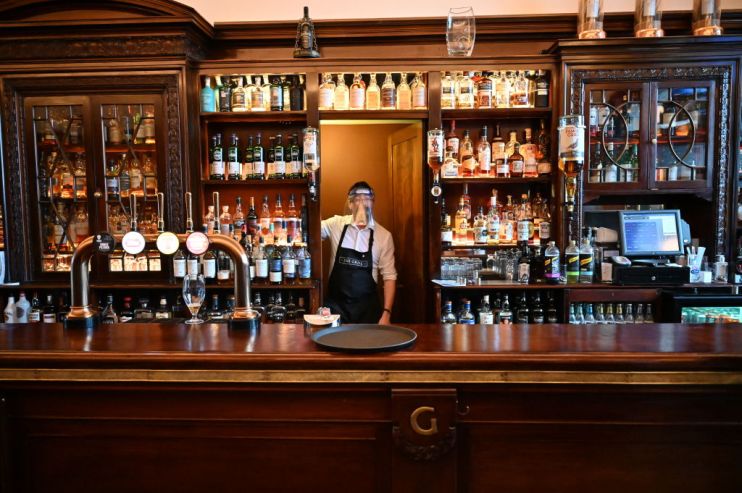More than half of pub staff still on furlough as hospitality struggles to trade profitably

More than half of staff who work in bars and pubs are still making use of the government’s furlough scheme, despite venues now being open for business.
Some 55 per cent of pub and bar workers remained on furlough last month, according to the latest ONS data, suggesting watering holes are still operating with minimal staff.
Pubs and bars have been more reliant on the furlough scheme during the Covid-19 pandemic than any other industry.
During the second national lockdown in November 2020, and at peak use of the furlough scheme, 91 per cent of pub and bar staff were on furlough.
This compares to between 8 and 15 per cent of staff on furlough in all other businesses during the same period.
In April pubs and bars with outdoor space were able to serve customers outside, then in May, they opened to customers inside for the first time in months, with the caveat that coronavirus restrictions, including the rule of six, remained in place.
Despite their re-opening, under the current restrictions thousands of hospitality businesses are unable to trade profitably.
The sector has lost £87bn over the last year.
Speaking to the House of Commons Treasury Committee hearing yesterday, UKHospitality CEO Kate Nicholls said: “Current government support is not sufficient to cover the sustained hit on revenues that businesses in the sector have suffered following months of lockdown and more than a year of tough trading restrictions.
“Average hospitality monthly costs are between £10,000 and £20,000, while the average government support is £3,000 per month.”
Despite the challenges brought about by the pandemic, the latest ONS data showed an uptick in confidence in the sector.
For the first time since November 2020, 20 per cent of pub landlords had high confidence their establishment will survive for the next three months.
This is a major boost compared to early February, when just one per cent of landlords were confident their business would survive another quarter.